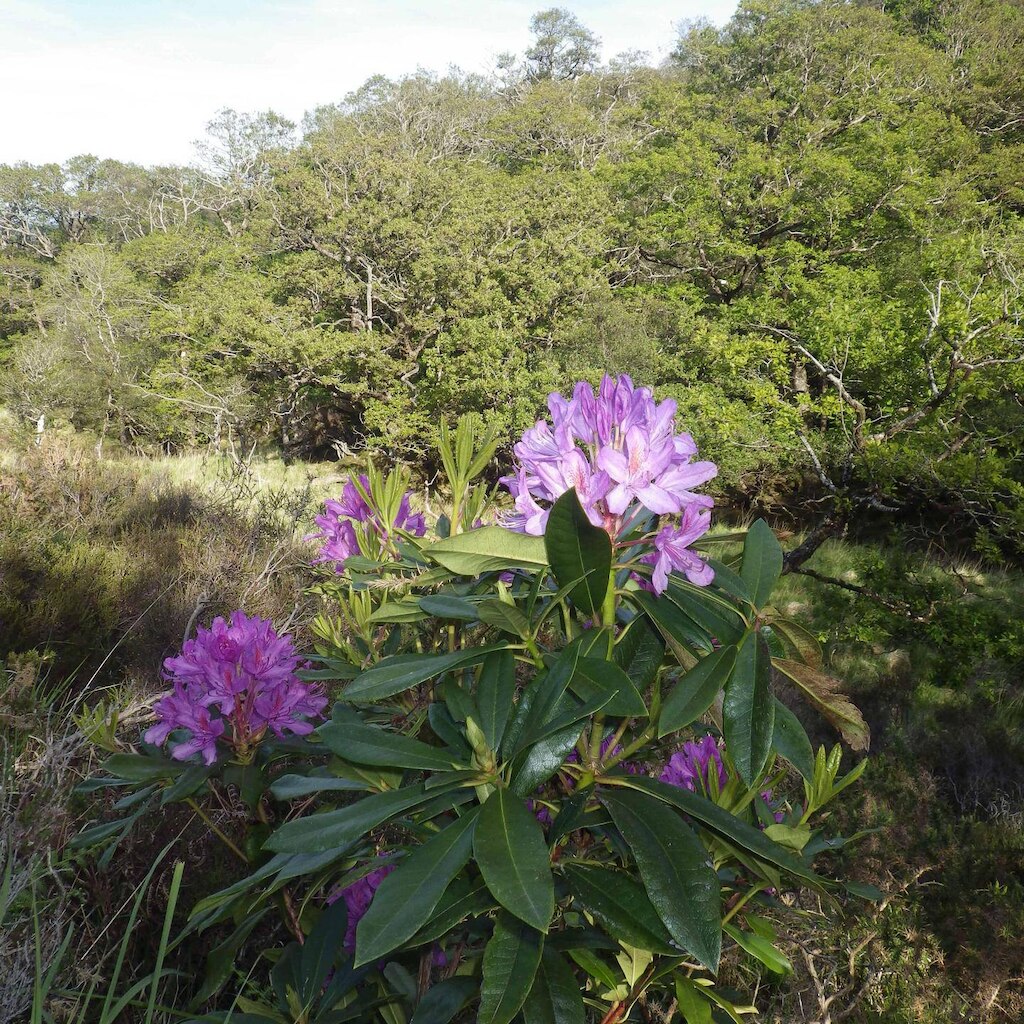 It is more than three years since I published this article. Sadly, despite the much trumpeted 'reform' of the National Parks and Wildlife Service undertaken by Green Party Minister Malcolm Noonan, there is no sign that the dysfunctional and ecologically disastrous management of the oakwoods in Killarney National Park is going to be tackled. I would dearly love to be proved wrong about this... The great rhododendron disaster has taken place while Killarney is in the hands of the Irish nation. The nation deserves much better – Daniel Kelly, forestry expert and emeritus fellow in botany at Trinity College Dublin Killarney National Park was chosen as Ireland's Best Day Out by The Irish Times in 2015, reflecting its well-deserved status at home and abroad for recreation, natural beauty and its bountiful weave of plant and animal life. So you might expect that the park’s keystone oak woodlands are under sensitive ecological management, based on the best science available. After all, they are in the hands of the National Parks and Wildlife Service (NPWS), whose self-declared primary mission is “the conservation of ecosystems to maintain and enhance flora and fauna”. The jewels in Killarney's crown, the western woodlands, are now dying on their feet, and warnings from the group that pioneered their rescue in the 1980s have been ignored So it may come as a shock to learn that the jewels in Killarney’s crown, the western woodlands, are now dying on their feet, and that the warnings from Groundwork, the volunteer organisation that pioneered their rescue in the 1980s, have been repeatedly ignored. These oak woods are the nearest thing we have to the ancient forests that once blanketed this island, but infestation by rhododendron now threatens their future, two decades after they were completely cleared of the invasive plant. NPWS persists with a rhododendron management strategy which, while it sometimes appears to be making great advances, has never been tested by the service’s own scientific staff, let alone to an external review. And an exceptional volunteer resource, which had accumulated remarkable expertise, has been lost. This raises troubling questions about whether the park’s management structure, and by extension the NPWS, is fit for purpose, at a moment when our natural landscapes across the country are more threatened than ever. You can read the whole article here Photo above shows one of the many flowering rhododendrons in Eamonn's Wood, Killarney National Park, a site formerly cleared by Groundwork. Credit: Bill Quirke/Groundwork.
0 Comments
My most recent publication is Natural capital approaches: shifting the UN Decade on Ecosystem Restoration from aspiration to reality for Restoration Ecology. I feel humbled and privileged to have collaborated on this paper with world leaders in developing the natural capital concept: Catherine A. Farrell, James Aronson, Gretchen C. Daily, Lars Hein, Carl Obst, and Jane C. Stout. I'm particularly happy that this paper directly addresses two persistent misconceptions that some environmentalists use, in good faith, to critique the natural capital concept: Firstly, that the concept somehow "puts nature up for sale", when the truth is the reverse: by revealing the true costs of degrading ecosystems, blindly ignored by conventional economics, the concept provides tools to guide us towards truly sustainable policies; secondly, that the concept is inherently 'capitalist', when natural capital, like other forms of capital, simply refers to stocks that yield a flow of services and benefits that is necessary to all members of society, and all social systems. Who controls those stocks, and how, is an entirely separate issue, though a very important one.
Little terns: courtship feeding display on the east coast near this rare migrants breeding grounds at Kilcoole, Co Wicklow, a beautiful sight to see in May My most recent environmental article in The Irish Times:
It was an uncharacteristically balmy late afternoon in early March, about 20 years ago. I had just taken extended leave from this newspaper to write a book, and given myself a few days to wander along midlands waterways to reflect on the challenges ahead. One moment the air above the Grand Canal was clear and quiet; the next it was full of flickering brown wings and excited rasping calls. For several long minutes, wave after wave of sand martins, smaller relatives of the common swallow, pulsed past me. These tiny feathered bundles had flown all the way across the Sahara desert, the Atlas mountains, France, and Britain to nest in Ireland. Pathetic though the fallacy may be, they seemed like a good omen for my own upcoming travels. I was lucky; such encounters, where you can be quite certain from the time, place and numbers that you are encountering a mass of birds in full migration, usually require a bit more effort and specialist knowledge. But many people keep an eye out for their first swallow, or first cuckoo, each year, and associate then, like spring flowers, with new life and fresh hopes. But bear in mind that most birds migrate. Your garden robin may have just arrived from continental Europe, though it looks just like the one you fed all winter. We have picked a selection of more obvious migrants, some more familiar than others, which will arrive in increasing numbers over the next few weeks, and may enhance your sense that spring is coming. This article first appeared on Saturday April 7. You can read the whole article here Left: rhododendron, an exotic shrub which threatens the very survival of Killarney's oak forests, is burned for charcoal in Post Colony, a complex artwork exploring history and culture in environmental issues by Gareth Kennedy. Photo: Brian Cregan. Right: one of Eoin Mac Loclainn's bluefire jellyfish paintings at Dublin's Olivier Cornet Gallery, in a group show inviting artists to respond to climate change; these jellyfish are turning up on Irish beaches increasingly regularly as the sea warms, and may displace native species. My most recent environmental article in The Irish Times:
You might easily think that the names of the two template image shapes on smartphone cameras – portrait and landscape – were coined for the digital era, though they were already familiar to anyone who worked in publishing before the micro-chip changed everything. And indeed, these twin concepts of portrait and landscape reflect two fundamental categories of visual art. You could even say they go right back to the moment our species developed art in the first place. Early cave art, in Europe at least, mostly featured animals, often arranged as if in a landscape. Cave artists also proclaimed individual human identity, through hand prints that we might consider the first portraits. And as art developed, most cultures maintained this dual focus, on portraits of people, and portrayals of landscapes. And often of both at once, with varying relationships between the two. In The Harvesters, Dutch painter Bruegel the Elder celebrates the human labour that transforms a diverse natural landscape into highly productive if monotonous wheat fields. Henry Raeburn’s Sir John and Lady Clerk, which hangs in the National Gallery on Merrion Square, exudes the pride of individual ownership of vast tracts of parkland, where nature has been tamed for safe recreation. In our own times, artists have been trying for decades to engage in new ways with our heightening awareness of rapid and potentially catastrophic environmental change, generated by our own actions. And this unprecedented crisis requires us to think about the interaction between humans and the environment – between portrait and landscape, if you like – in radical new ways. This article first appeared on Saturday March 17. You can read the whole article here Dear SER friends and colleagues Voting for positions on the SER board has just opened. You should have received an email from the Society on Friday, with a link to the voting paper and candidate information, if you are a member. If you have not, and are a current member, please let me know. After 13 years involved in SER activities, I have to decided to run for one of two vacant positions on the Board as a Director-At-Large. James Aronson has very kindly nominated me. I am also grateful to Carolina Murcia, Karel Prach, and Kingsley Dixon for agreeing to act as referees in the first stage of this process. There are five candidates for two positions as Directors-at-Large. All candidates would be new to the Board. I believe that this healthy competition, and the diversity we represent is, in itself, an indication of renewed vitality in the Society. You can read the full background to why I am applying below. This information is also available with the voting papers on the link SER has sent you via email if you are a member. Kim Eierman's excellent EcoBeneficial! enterprise prompts gardeners to think about new ways of looking at the relationships between what they plant, how they plant and how they treat their land to wider environment issues. She kindly asked me to do an interview for her very lively blog, after my presentation on invasive alien plants at New York Botanical Garden in November (see below). The interview covers a range of conservation issues -- ecological restoration, the challenge of climate change, my critique of the very problematic 'novel' ecosystems approach. Kim liked it enough -- or perhaps I was just so garrulous! -- that she split it into two parts. The first part I published here last week, see below. You can listen to the second part here.
Kim Eierman's excellent EcoBeneficial! enterprise prompts gardeners to think about new ways of looking at the relationships between what they plant, how they plant and how they treat their land to wider environment issues. She kindly asked me to do an interview for her very lively blog, after my presentation on invasive alien plants at New York Botanical Garden in November (see below). The interview covers a range of conservation issues -- ecological restoration, the challenge of climate change, my critique of the very problematic 'novel' ecosystems approach. Kim liked it enough -- or perhaps I was just so garrulous! -- that she split it into two parts. Here is the first part, and the other will come in the next few days...
A rainy day in Stoneybatter, enjoyed by juvenile herring gulls: probably raised locally, the birds take advantage of temporary pools on a flat roof to bathe and preen, just a couple of metres from my bathroom, in this video There is not a blade of grass, nor a square inch of soil, let alone a tree, on the street where I live in Dublin’s Stoneybatter. Our sturdy redbrick terraces open directly on to concrete pavements, and the small back yards are also concrete. The natural world was not high on the agenda of the Victorians who created such housing projects for the skilled working classes. Gardens and tree-lined streets were a luxury, reserved for the new middle-class suburbs.
Nevertheless, nature has found footholds here, though I didn’t notice some of them for a long time. You tend to see only what you already know about. I had long been interested in birds, so I watched herring gulls beginning to nest on our rooftops. I heard the robin that sometimes seemed to sing right through the night from a patch of garden lovingly created by a neighbour on nearby “waste” land. Only when I became interested in plants about 15 years ago did I start to notice the diversity of species exploiting tiny niches on the street. This article appeared in The Irish Times on 20 January, 2018. Read the whole piece here One of the great pleasures, for me at least, of looking for birds and plants in unfamiliar places is finding familiar species in contexts where you wouldn't find them so easily at home; seeing them better, in better light.
So the most exciting find of my first hike in Morocco this year was not seeing some exotic species for the first time, but getting great views of common snipe. I've seen snipe since childhood inn Ireland. But with few exceptions, the experience is a fleeting one: a sudden rush upwards from my feet as these beautiful waders launch from snipe-grass (what else?) into a rapid zig-zag flight, before towering high above and disappearing to somewhere any gun I might be carrying cannot reach them. But here, in the unromantic but species-rich context of water treatment ponds near Diabat, where Jimi Hendrix is supposed to have composed his second album, I saw a dozen snipe out in the open on water, in brilliant sunlight. They kept feeding away with their oversized beaks, mostly ignoring me, though not letting me close enough to take good pictures. They gave me great pleasure, as did black-winged stilt, half a dozen other wader species, and a juvenile marsh harrier that caused a commotion every ten minutes or so by making a leisurely pass in search of unwary prey. However, I have to admit that the biggest nature moment so far came a couple of days later, and did not involve a species I could have seen at home. I was hiking in the blissfully silent, empty-full landscape of adjacent argan and juniper forests in the vast dune system around the Oued Ksob. A slight movement in a wolfberry bush caught my eye. Brilliant green, twisted round a twig, I thought it was a small tree snake of some sort. Then it began to move slowly down the branch, turning brown as it did so, and I realised it was a chameleon. It allowed me approach very close, and demonstrated its remarkably facility for turning its eye through 360 degrees...a moment to treasure. Worth looking for: a family of long-tailed tits in our garden in Glenmalure Very few people are entirely indifferent to birds, and most of us find them an occasional source of some brief wonder and delight.
Even the most common birds can surprise us with their beauty, when the light suddenly catches the tail of a magpie or the breast of a starling, and reveals an unexpected prism of iridescent colours. Part of the fascination lies in the fact that they are so familiar on our earthbound world, and yet are also so completely at home on the water, and in the skies. Their ability to take wing has inspired the imagination of all human cultures; the sudden rush upwards of a flock of birds from our feet can still make us catch our breath. Rural people have always known that birds are as finely tuned to the turning seasons as the leaves on trees. Even today, many city-dwellers find joy in seeing the first swallow of the year, and sense a deeper connection with the rhythms of the world when a flock of geese first plummets down to their local sports ground in autumn. But what is needed if you would like to deepen these mild pleasures and learn a little more about the birds in your area? The good news is that birdwatching is a much more accessible recreation than you might expect. This article appeared in The Irish Times on 30 Jan 2017. Read the whole piece here |
Articles & BlogArticles on the environment; Spanish, Catalan and Basque politics; travel; culture; and other subjects; interspersed with personal reflections and images Archives
October 2022
Categories
All
|
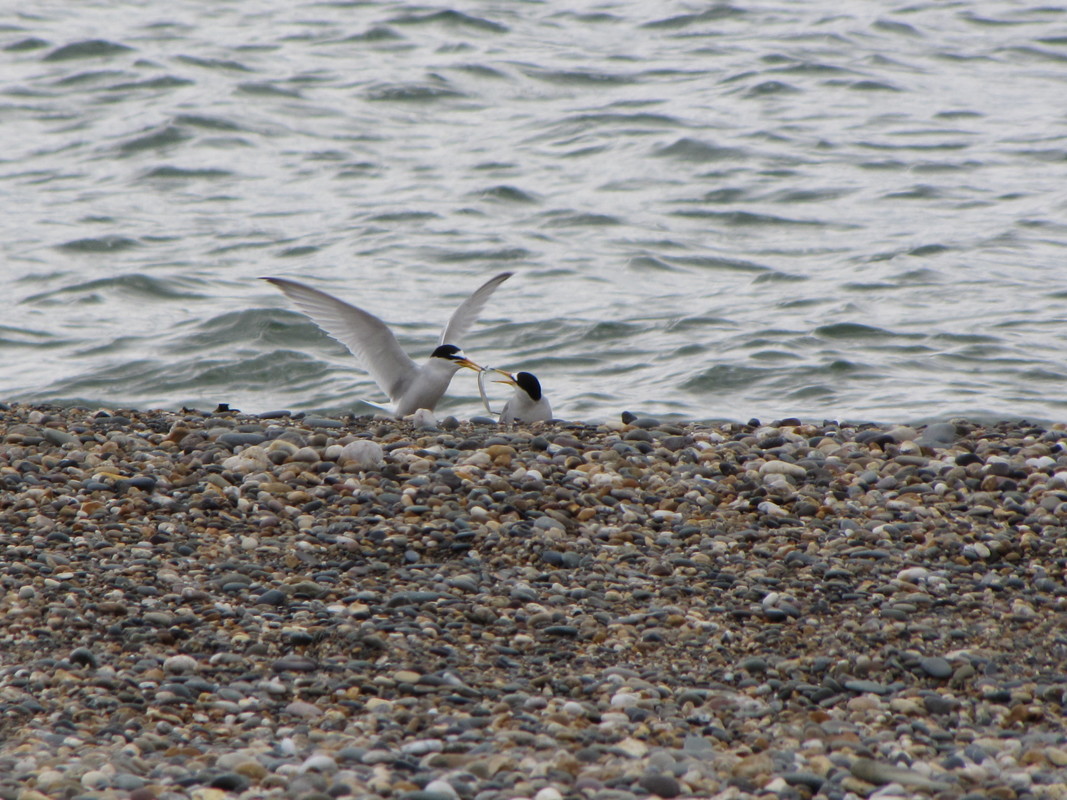
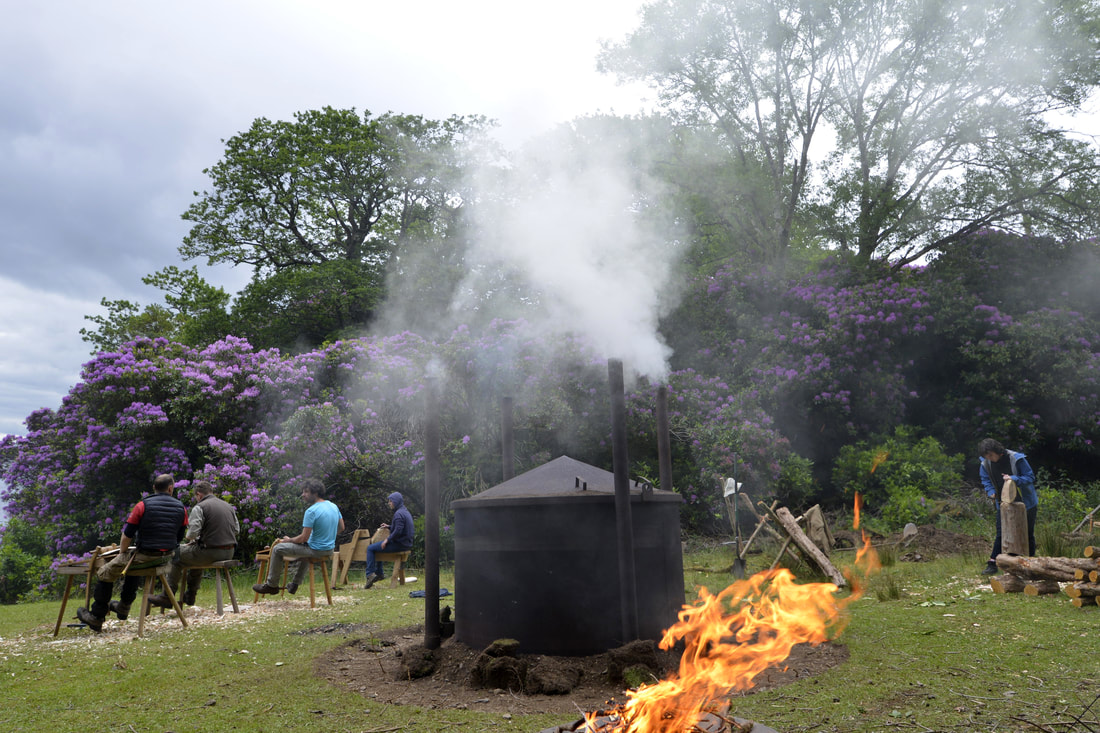
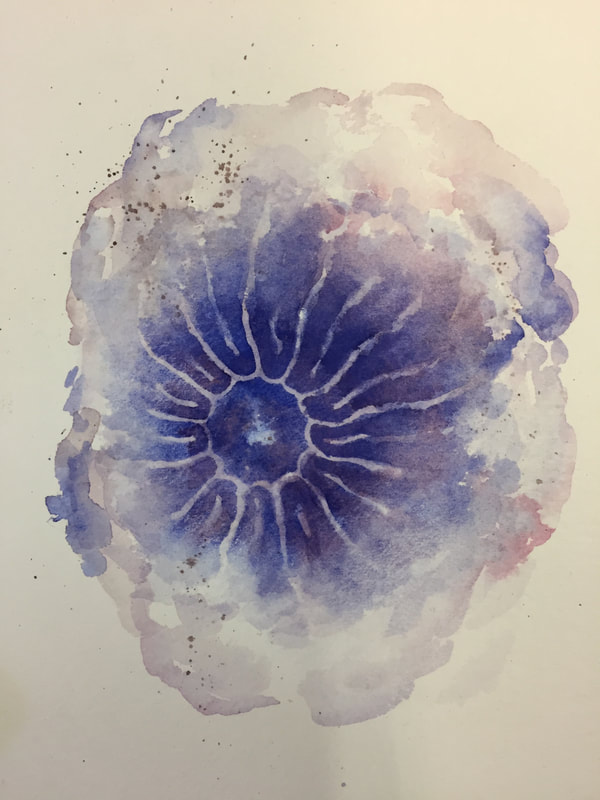
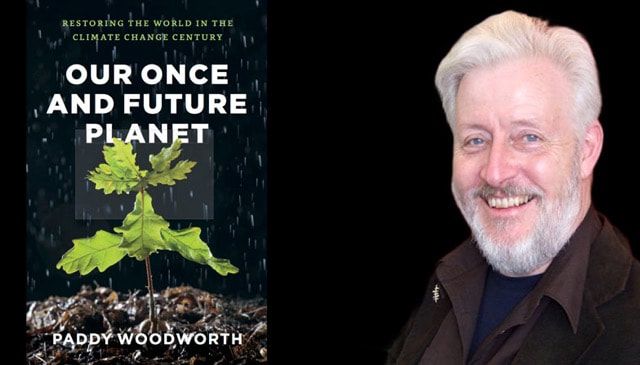
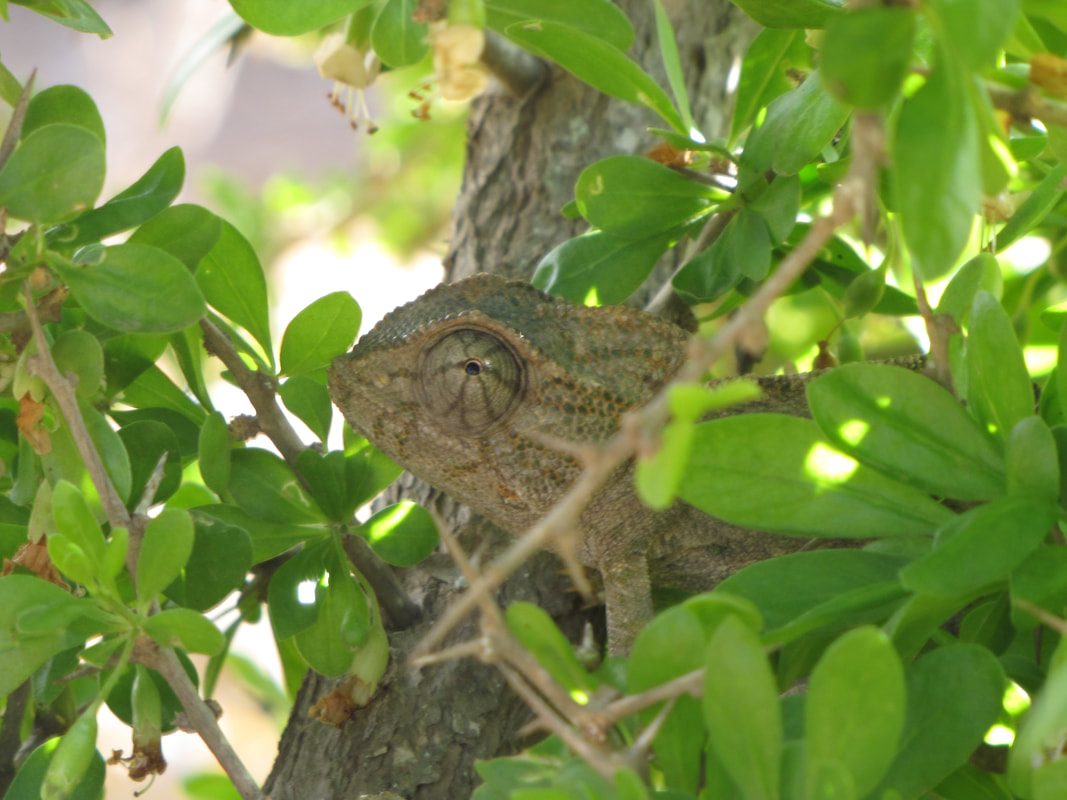
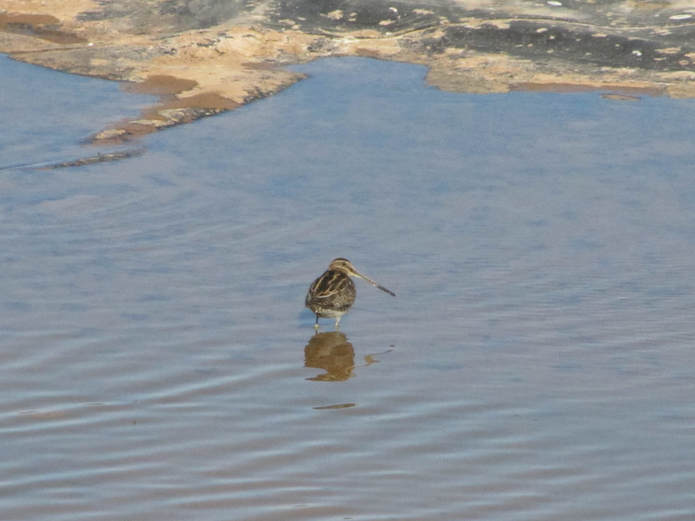
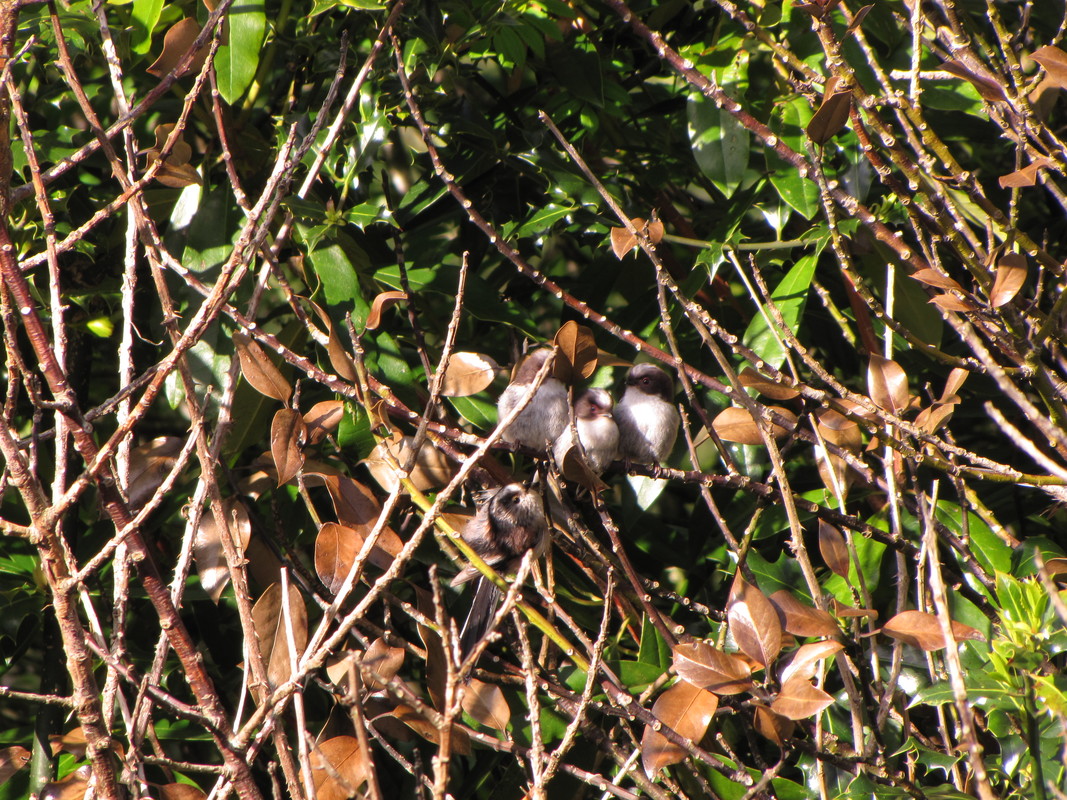
 RSS Feed
RSS Feed